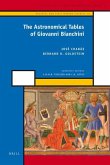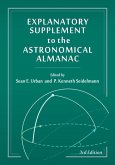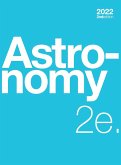These tables cover the period from the mid-17th to the 19th cent. when astronomical ephemerides were evolving most rapidly. These tables resemble those previously pub. by the APS: Tuckerman's "Planetary, Lunar, and Solar Positions, 601 B.C. to A.D. 1" and "A.D. 2 to A.D. 1649" and Goldstine's "New and Full Moon, 1001 B.C. to A.D. 1651." The tables contain features consistent with the almanacs and ephemerides pub. in this period: planetary positions are computed for 12 hours U.T. (noon); and the Julian day number is given for new and full moons. An analytical essay examines the theoretical and computational developments in almanac-making in the period that bridges between Kepler and Laplace.








